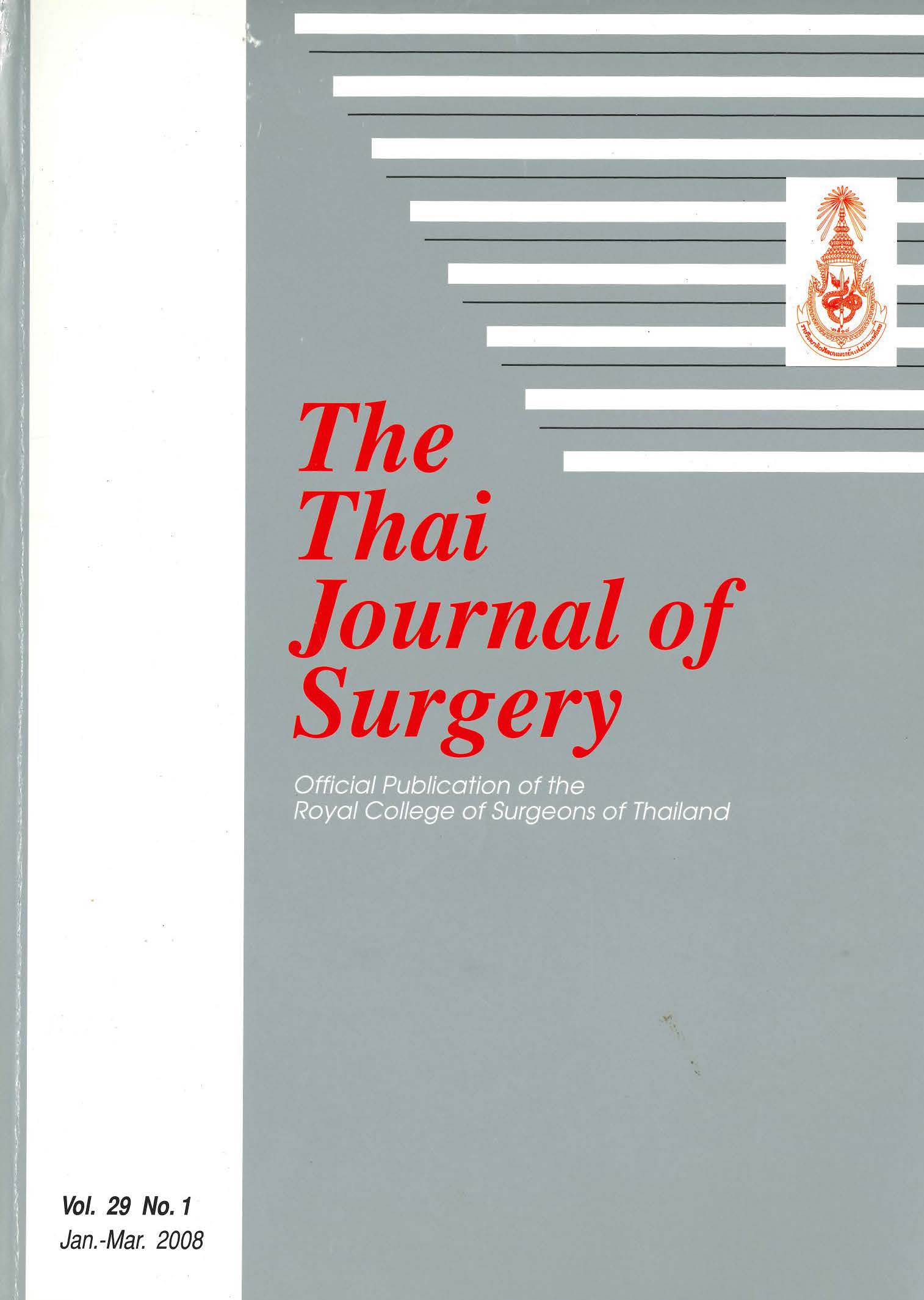Aortico-Left Ventricular Tunnel: A Case Report
Abstract
A 12 year-old girl who underwent PDA ligation since she was 1 year old came to the hospital with a problem of easy tiredness. After surgery, there was no residual PDA but mild aortic insufficiency. One year previously, she complained of easily getting tired and experienced occasional abnormal heartbeat. On physical examination, diastolic murmur was detected at the left parasternal border. Echocardiogram demonstrated prolapsed aortic valve cusps and moderate regurgitation with diastolic reversal flow in the descending aorta. The presence of perimembranous VSD was suspected but completely occluded by the prolapsed right coronary cusp. The regurgitant flow of aortic insufficiency was eccentric and a tunnel was demonstrated. Therefore, Aortic-Left Ventricular Tunnel (ALVT) was diagnosed. Because of the progressive course of aortic insufficiency and larger size of LV than in normal population, correction of aortic insufficiency was proposed and performed.
She underwent surgery with standard aortic cannulation, single venous cannula and LV vent. All orifices, coronary ostia and the aortic end of the tunnel were probed. The aortic end of the tunnel was closed with a piece of autologous treated pericardium. The right coronary cusp was minimally prolapsed and no subaortic VSD was detected. Thus, no other intervention was done. Intraoperative transesophageal echocardiogram showed no patency of the tunnel which was closed at the aortic end and no aortic regurgitation but prolapse of the right cusp was still detected.
Postoperatively, transthoracic echocardiogram showed no flow in the tunnel. At 6 months postoperatively, the patient was doing well and could attend full-scale school activities. No abnormal heartbeat was detected.
References
2. Martins JD, Sherwood MC, Mayer JE Jr, Keane JF. Aortico-Left Ventricular Tunnel: 35-Year Experience. J Am Coll Cardiol 2004;44,2:446.
3. Levy MJ, Schachner A, Blieden LC. Aortico-left ventricular tunnel: collective review. J Thorac Cardiovasc Surg 1982;84:102.
4. Feigenbaum H. Appendix, echocardiographic measurements and normal values. Echocardiography, 51h ed. 1993. p. 659.
5. Honjo O, Ishino K, Kawada M, Ohtsuki S, T Akagi T, Sano S. Late outcome after repair of aortico-left ventricular tunnel-10-year follow-up. Circulation 2006;70:939.
6. Sreeram N, Franks R, Arnold R, Walsh K. Aortico-left ventricular tunnel: long term outcome after surgical repair. J Am Coll Cardiol 1991;17:950.
Downloads
Published
How to Cite
Issue
Section
License
Articles must be contributed solely to The Thai Journal of Surgery and when published become the property of the Royal College of Surgeons of Thailand. The Royal College of Surgeons of Thailand reserves copyright on all published materials and such materials may not be reproduced in any form without the written permission.



